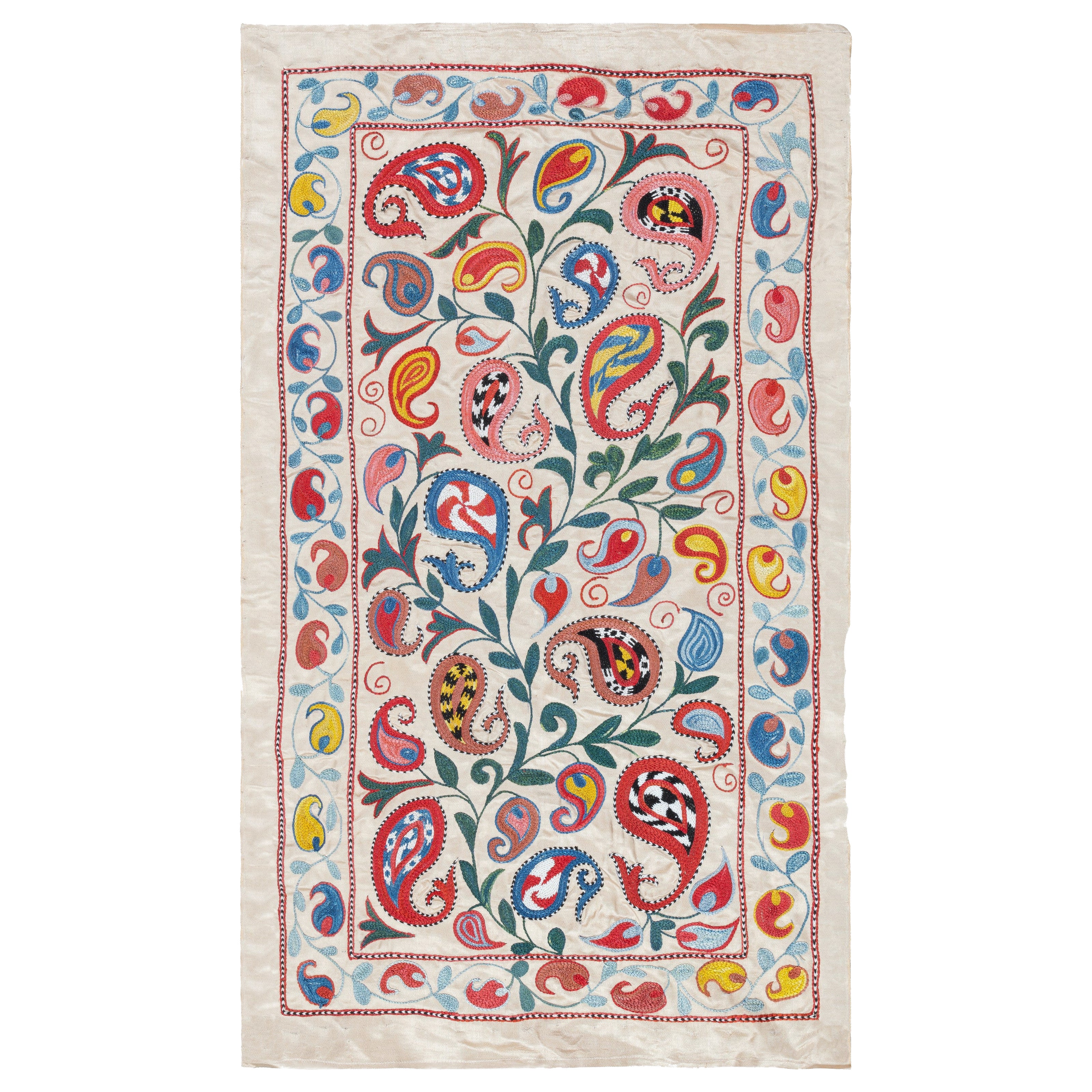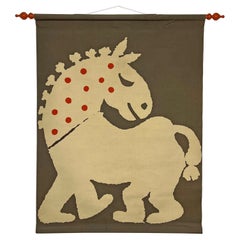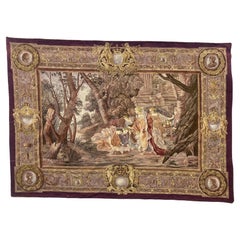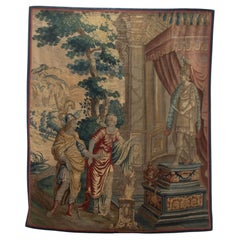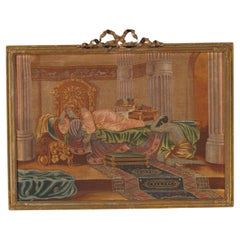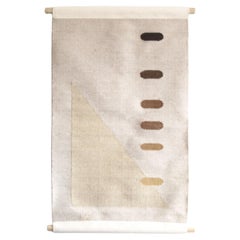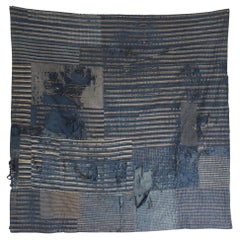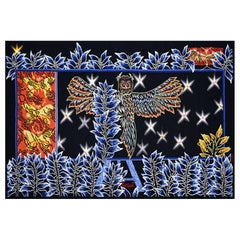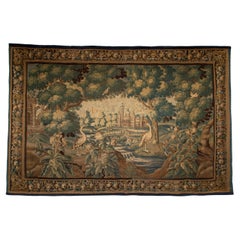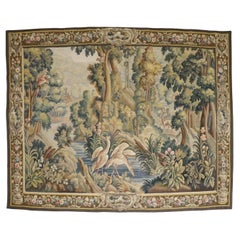Tapestries
21st Century and Contemporary American Modern Tapestries
Wool, Cotton
Mid-19th Century Japanese Edo Antique Tapestries
Fabric
2010s Central Asian Suzani Tapestries
Silk
20th Century French Aubusson Tapestries
Wool
18th Century French Baroque Antique Tapestries
Wool, Silk
Mid-19th Century Asian Vienna Secession Antique Tapestries
Wool
Mid-20th Century French Mid-Century Modern Tapestries
Tapestry
21st Century and Contemporary American Modern Tapestries
Cotton
1970s French Vintage Tapestries
Tapestry
19th Century Uzbek Tribal Antique Tapestries
Linen
Late 20th Century French Aubusson Tapestries
Wool, Cotton, Acrylic
Late 20th Century French Aubusson Tapestries
Wool, Cotton, Acrylic
2010s Central Asian Suzani Tapestries
Cotton, Silk
18th Century French French Provincial Antique Tapestries
Wool, Silk
1930s French Aubusson Vintage Tapestries
Wool, Silk
Mid-20th Century French Aubusson Tapestries
Wool, Cotton
1930s French Art Deco Vintage Tapestries
Wool
2010s Central Asian Suzani Tapestries
Silk
20th Century French French Provincial Tapestries
Wool
17th Century French French Provincial Antique Tapestries
Wool, Silk
1970s American Mid-Century Modern Vintage Tapestries
Textile
Mid-20th Century French Aubusson Tapestries
Wool, Cotton
1970s French Vintage Tapestries
Tapestry
Late 19th Century Tajikistani Folk Art Antique Tapestries
Silk
18th Century French Country Antique Tapestries
Tapestry
20th Century French Modern Tapestries
Wool, Silk
1960s French Vintage Tapestries
Silk
1930s French Vintage Tapestries
Textile
2010s Central Asian Suzani Tapestries
Cotton
Late 19th Century Japanese Meiji Antique Tapestries
Cotton
Late 19th Century French Aubusson Antique Tapestries
Wool, Silk
Mid-20th Century Swedish Scandinavian Modern Tapestries
Wool, Oak
1950s French Rococo Vintage Tapestries
Fabric, Cotton
1990s Italian Post-Modern Tapestries
Cotton
21st Century and Contemporary American Modern Tapestries
Wool, Cotton
1950s American Other Vintage Tapestries
Wool
1960s American Mid-Century Modern Vintage Tapestries
Natural Fiber
16th Century Belgian Antique Tapestries
Wool
1990s Italian Post-Modern Tapestries
Fabric
Early 20th Century French Mid-Century Modern Tapestries
Fabric
1960s French Mid-Century Modern Vintage Tapestries
Textile
1960s American Arts and Crafts Vintage Tapestries
Fabric
19th Century Italian Antique Tapestries
Silk
Early 20th Century Uzbek Tribal Tapestries
Cotton, Silk
Early 20th Century Japanese Taisho Tapestries
Cotton
Late 19th Century French Aubusson Antique Tapestries
Silk
1690s French Baroque Antique Tapestries
Wool, Silk
21st Century and Contemporary American Modern Tapestries
Cotton
Mid-20th Century French Aubusson Tapestries
Wool
Early 20th Century French Aubusson Tapestries
Wool
16th Century Belgian French Provincial Antique Tapestries
Wool, Silk
20th Century French Modern Tapestries
Wool
17th Century Belgian Baroque Antique Tapestries
Textile
Mid-20th Century American Bohemian Tapestries
Wool, Jute, Nylon, Wood
18th Century European Antique Tapestries
Tapestry, Wool, Silk
1990s American Mid-Century Modern Tapestries
Cotton
Early 2000s Unknown Empire Tapestries
Wool, Cotton
1860s French Aubusson Antique Tapestries
Wool, Silk
Mid-20th Century French Art Deco Tapestries
Wool
21st Century and Contemporary American Modern Tapestries
Cotton
Shop Vintage Tapestries on 1stDibs
Whether you hang them behind your bed as a dazzling alternative to a headboard or over the sofa as a large-scale focal point in the living room, vintage tapestries can introduce an array of textures and colors to any space in your home.
Woven wall hangings haven’t consistently enjoyed the popularity or earned the highbrow status that other types of wall decorations have over the years, at least not since the 1970s, which was somewhat of a heyday for tapestries. Today, however, these tactile works of art are seeing a renaissance, as modern weavers are forging new paths in the medium while the demand for antique and vintage tapestries continues to grow.
“We are drawn to texture in environments, and we see tapestries as a subtle layer of soft ornament,” says Lauren Larson of the New York design duo Material Lust. Indeed, and a lot of opportunity comes along when decorating with this distinctive brand of soft ornament.
Think of wall hangings as paintings created by hand with fabric instead of oil or watercolors. If you’re not simply securing your treasure to a wall with nails, pushpins or Velcro, tapestries can be stretched over a frame, used to create a canopy in a cozy living-room corner, hung from a rod or placed inside a shadowbox. And because this kind of textile art is hundreds of years old, options abound with respect to subjects and designs.
For richly detailed depictions of landscapes and garden scenes, look to antique Chinese tapestries and Japanese tapestries. Aubusson tapestries are ornate wall hangings manufactured in central France that are also characterized by romantic portrayals of nature. For weavers of mid-century modern tapestries, as well as those working in textile arts today, the styles and subject matter are too numerous to mention, with artists exploring experimental shapes, bold colors and provocative abstract designs.
Antique, new and vintage tapestries can make a room feel warm and welcoming — find yours on 1stDibs now.
